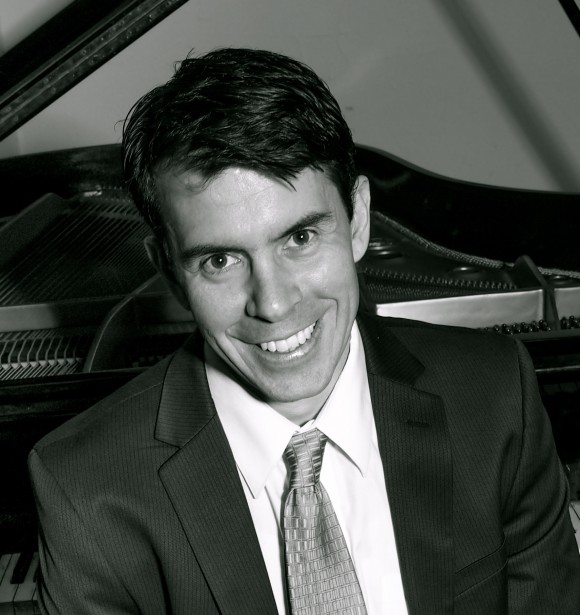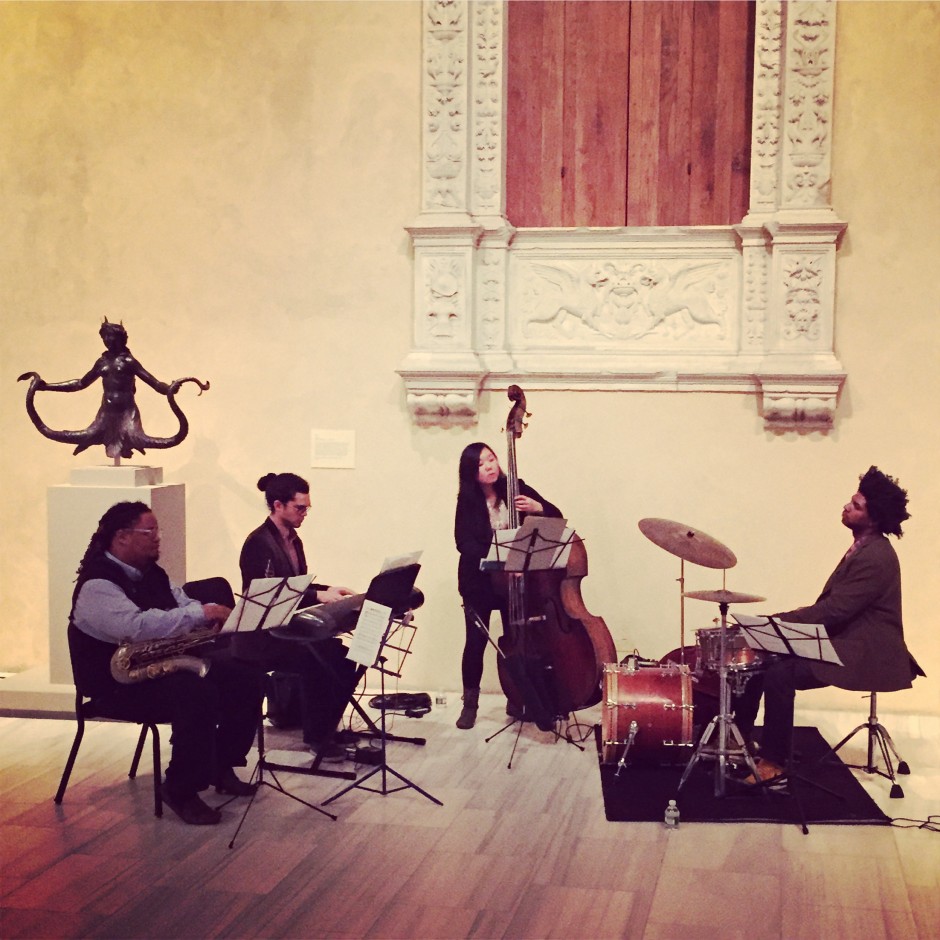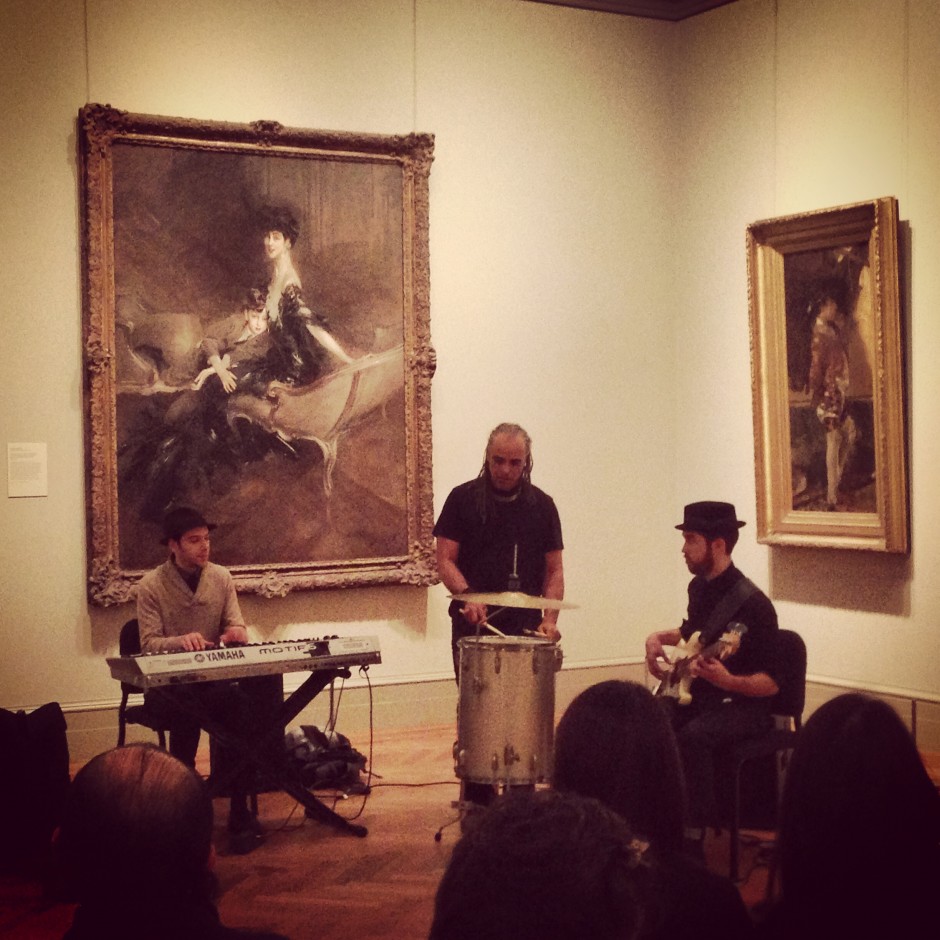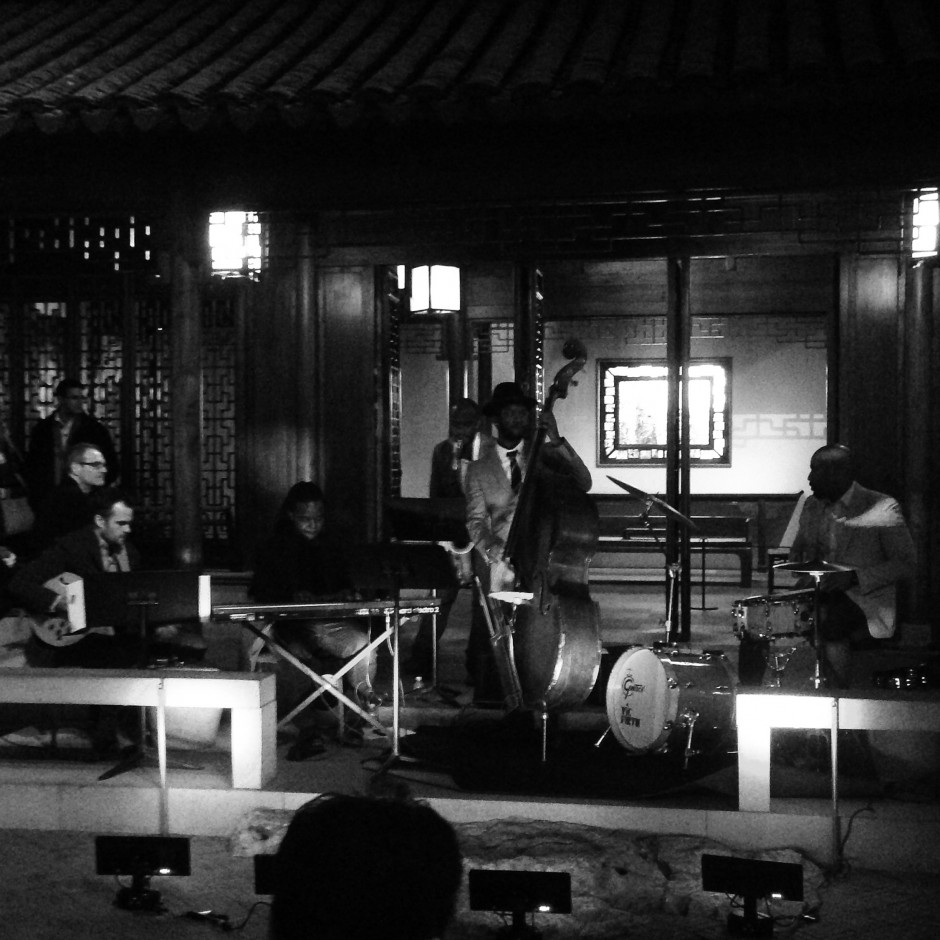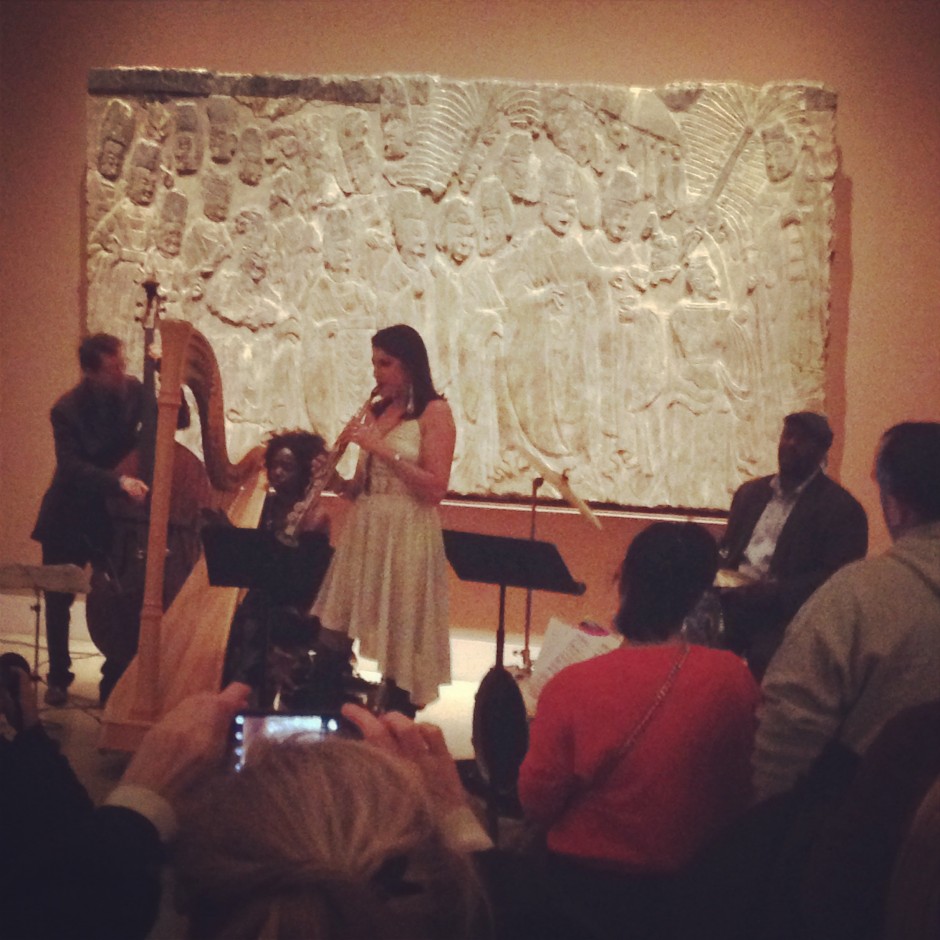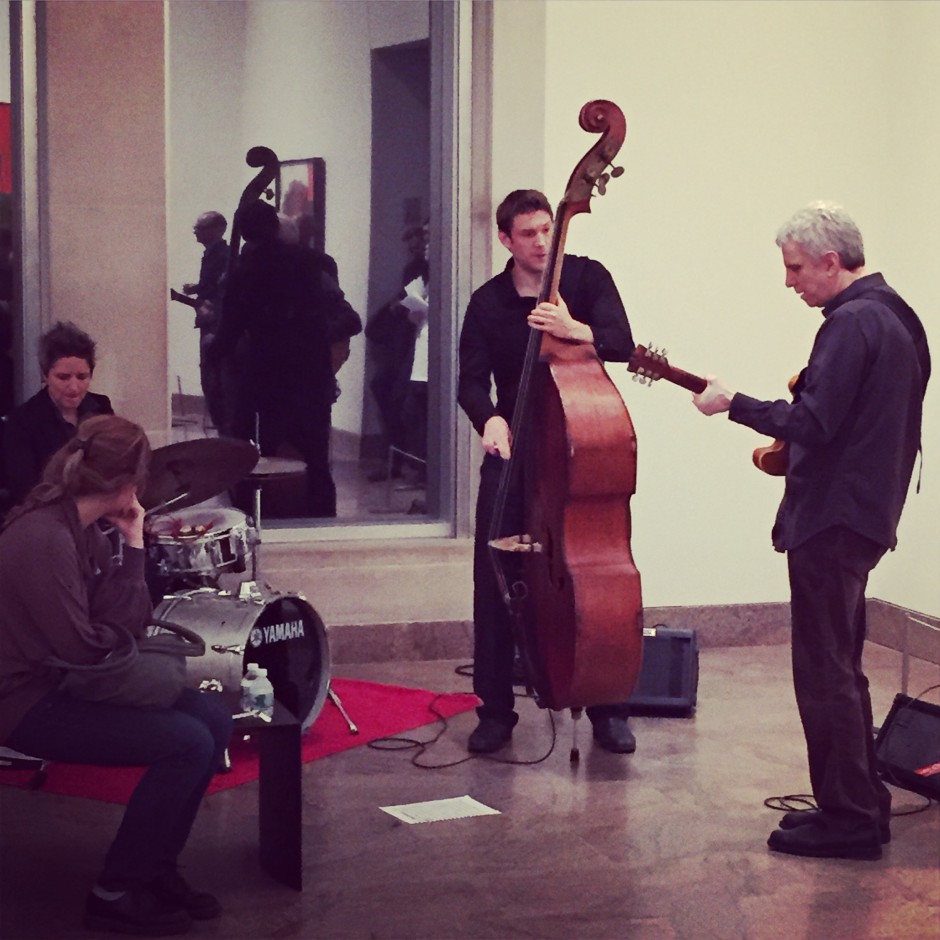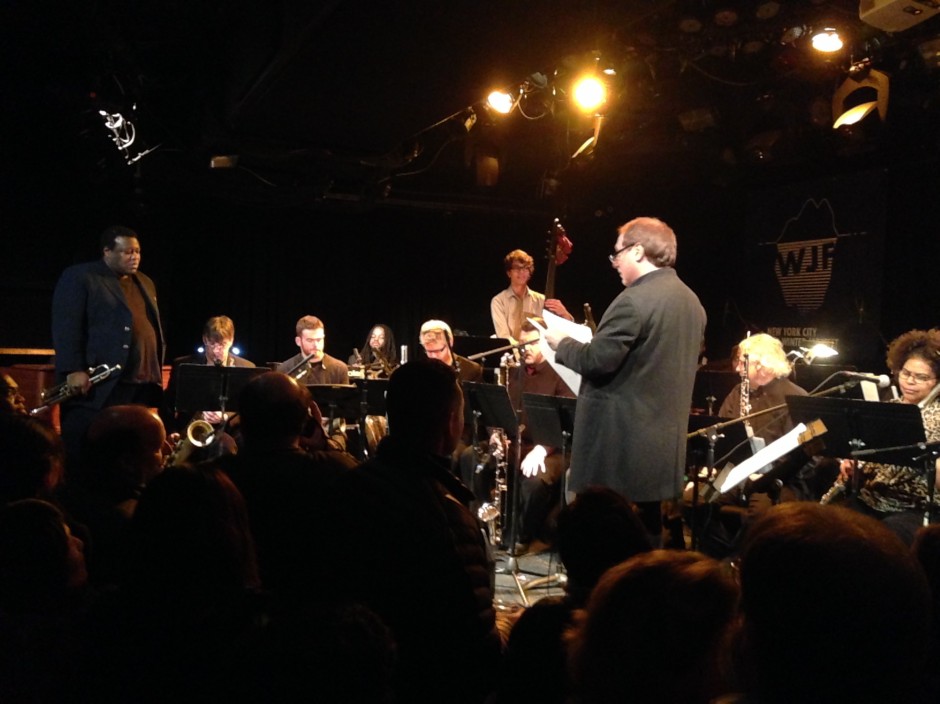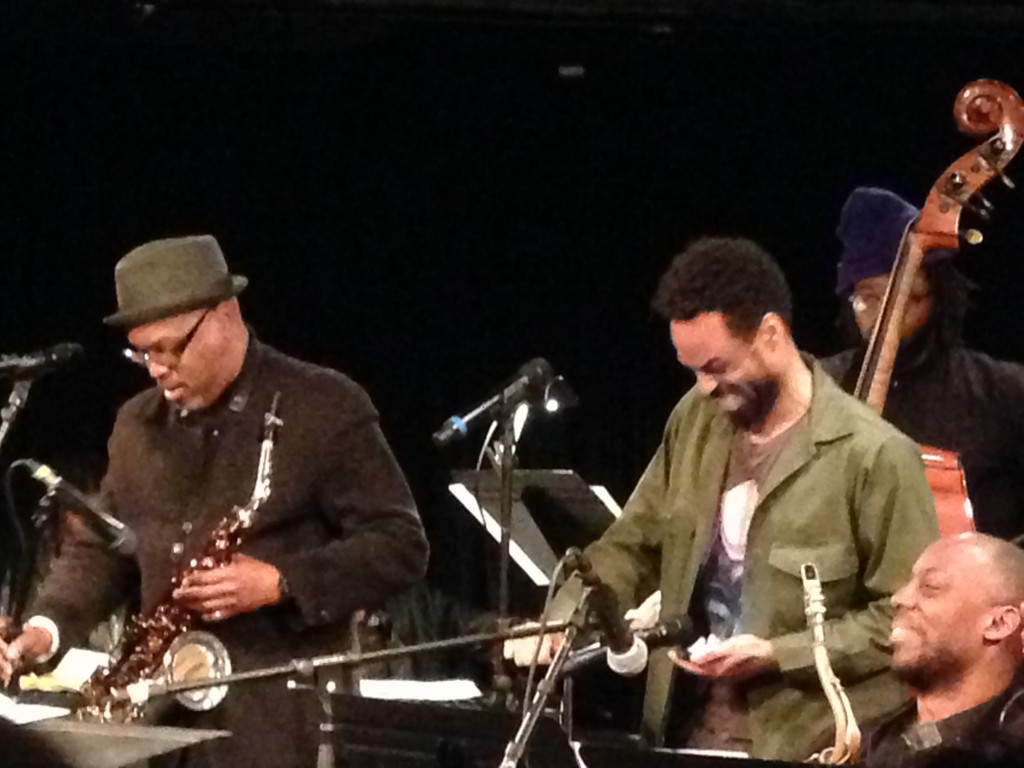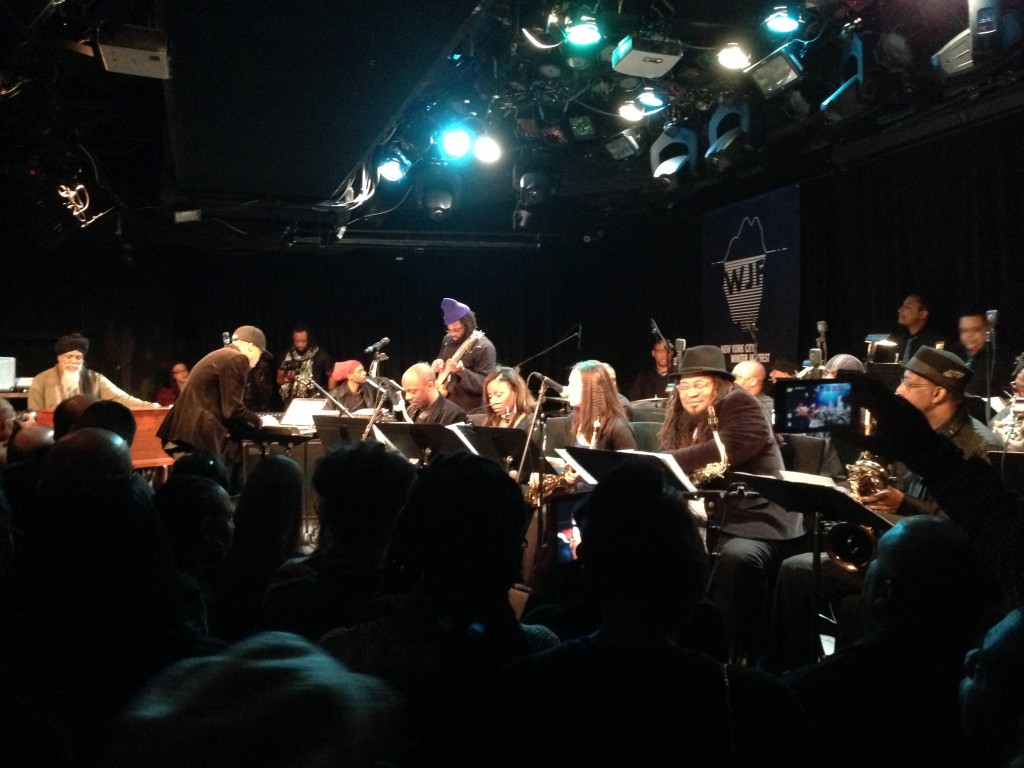At long last, the conclusion to my Winter Jazzfest series.
—
As great as the concerts on Wednesday and Thursday nights were, the highlight of the Winter Jazzfest was the “marathon,” a two-night festival of over 90 groups featured in various venues throughout the Village. Programming such an event is an unenviable task; it’s a safe bet that just about everyone in attendance opened the program, scanned the lineup, and at least once muttered, “why would they schedule those groups at the same time!?”
My own night at the Revive Music Stage at Groove. Sharel Cassity, a brilliant alto saxophonist, led her group, featuring the stalwart Cyrus Chestnut on piano, whom I last saw years ago, if I recall correctly, with Jon Faddis and the Dizzy Gillespie Alumni All-Stars at the State Theater in New Brunswick. It was great to get to hear her stretch out a bit more after she burned up the bandstand the night before.
I stepped outside the box a bit for the next two performances, heading over to Judson Church to take in Nat Baldwin and then to Le Poisson Rouge for Dawn of Midi. I first heard of the latter when they were featured on Radiolab last summer and then bought their latest record. They remind me in many ways of Nik Bärtsch’s RONIN, one of my favorite groups. Dawn of Midi’s Jazzfest performance was enjoyable, although they didn’t quite hit the same highs and lows that the boys in RONIN always do in live performance. But I look forward to hearing if and how they develop their concept over time.
I stuck around LPR for the rest of the night, taking in the elite duo of Jeff “Tain” Watts and Lionel Loueke and then the Roy Hargrove Quintet. Mr. Loueke dazzled as usual, but I especially loved hearing Tain in a context different from those in which I’m used to hearing him. Mr. Hargrove’s band was easily the most hard-hitting and polished post-bop group of the festival. The group featured mostly younger musicians; I’ve heard from folks in the know that pianist Sullivan Fortner is the next one to watch out for. So keep your eyes and ears open.
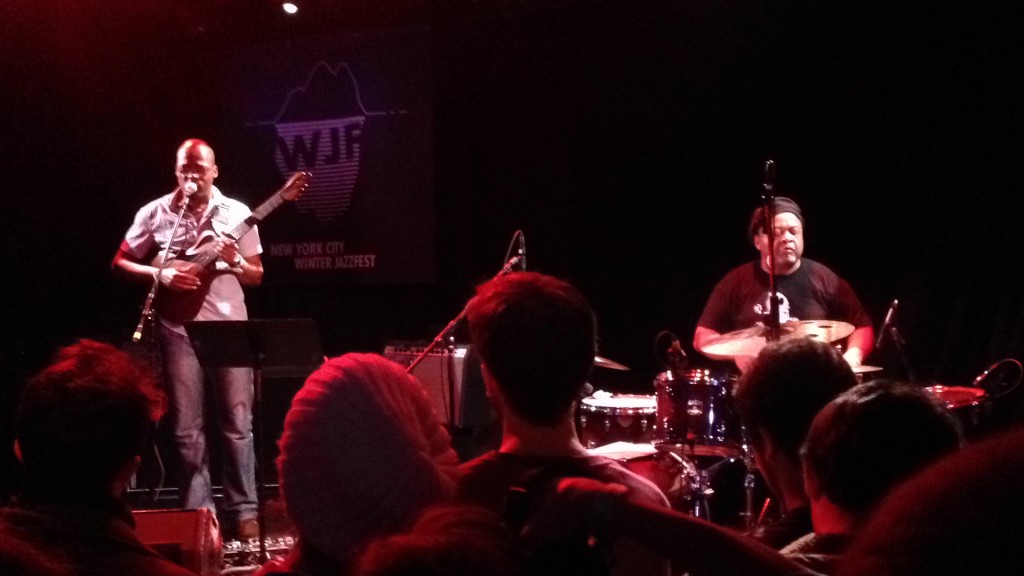
Lionel Loueke and Jeff “Tain” Watts

Roy Hargrove
On Saturday night, my good friend and colleague Frank joined me for the marathon, and we began in the tightly-packed Bitter End for Michele Rosewoman’s New Yor-uba project. Her band boasted the inimitable Tyshawn Sorey, a fellow NJPAC Jazz for Teens alum, as well as a trio of batá players. The arrangements were beautiful, and Frank, a scholar of black Atlantic religion, recognized some of the songs and the deities to which they are sung.
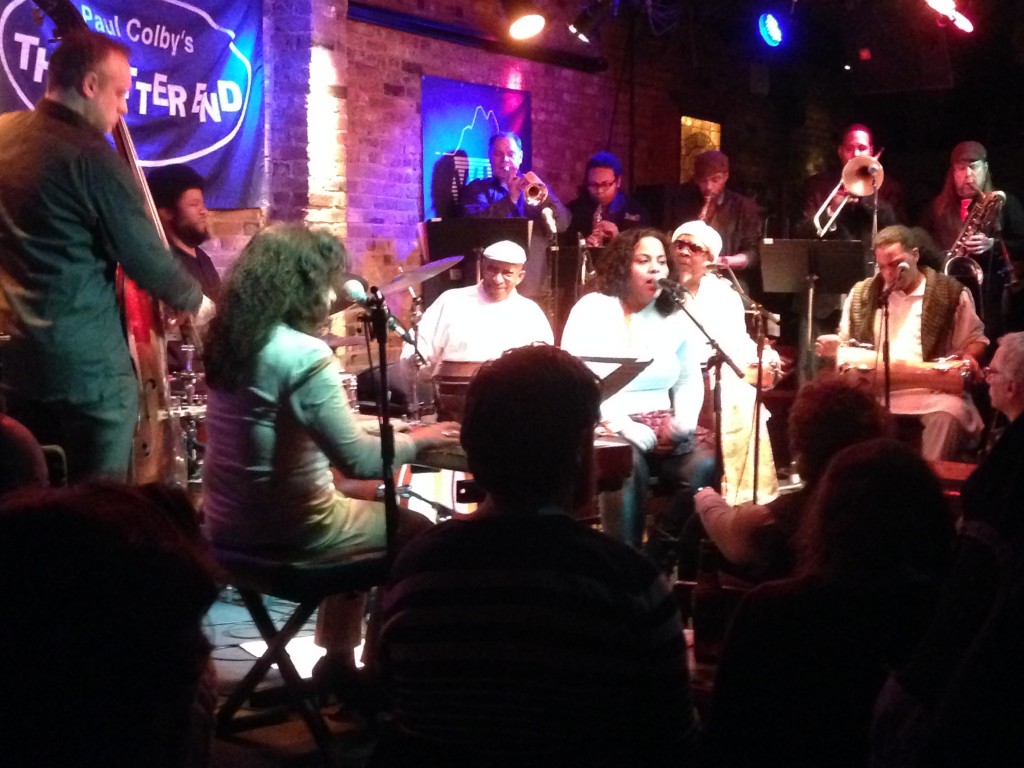
Michele Rosewoman’s New Yor-Uba
Next, it was back over to Groove, this time for a stage sponsored by OKeh Records, which Sony relaunched last year as a jazz label. Trumpet player Theo Croker was up first with a great band featuring my friend Irwin Hall on alto. It was a brilliant performance, highlighted by the wonderful Dee Dee Bridgewater joining them for a killer version of “I Can’t Help It.” Mr. Croker’s record is due out on OKeh in May. Then, it was the highlight of the festival for me: the Jeff Ballard Trio, featuring Mr. Loueke and Miguel Zenon on alto. Something funny happened with the programming; they started early and ended even earlier, playing for only about 35-40 minutes. The level of musicianship and sensitivity to the moment that this group displayed was really unparalleled. See them live as soon as possible, and in the meantime, get the record.
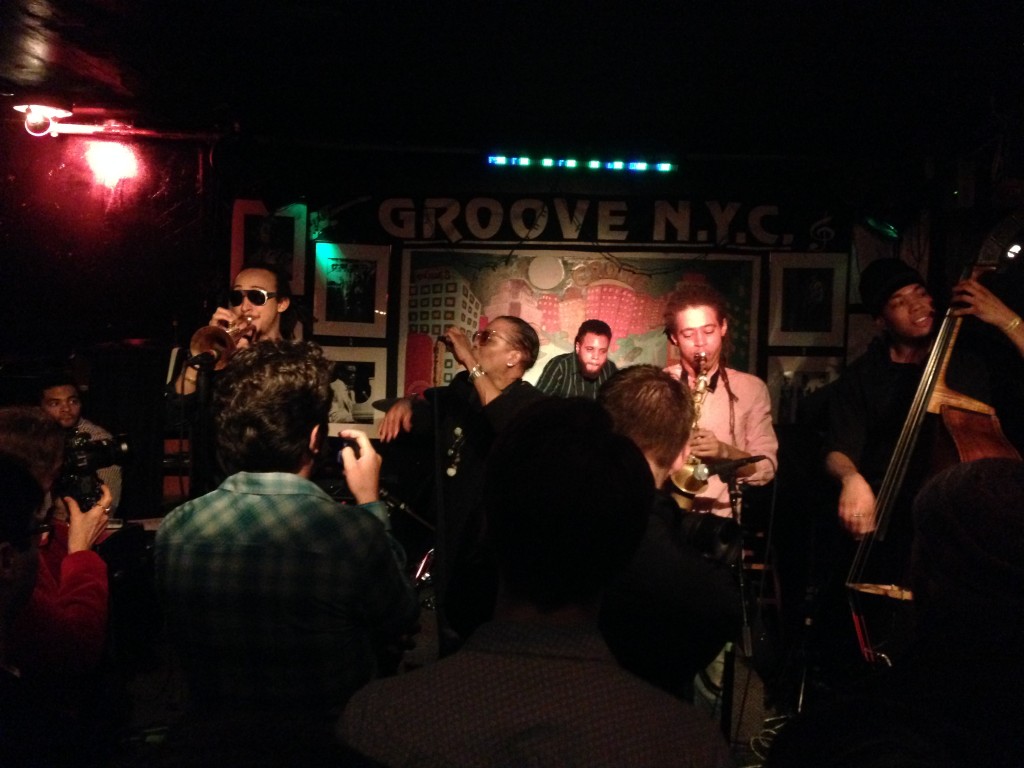
Theo Croker with surprise guest Dee Dee Bridgewater
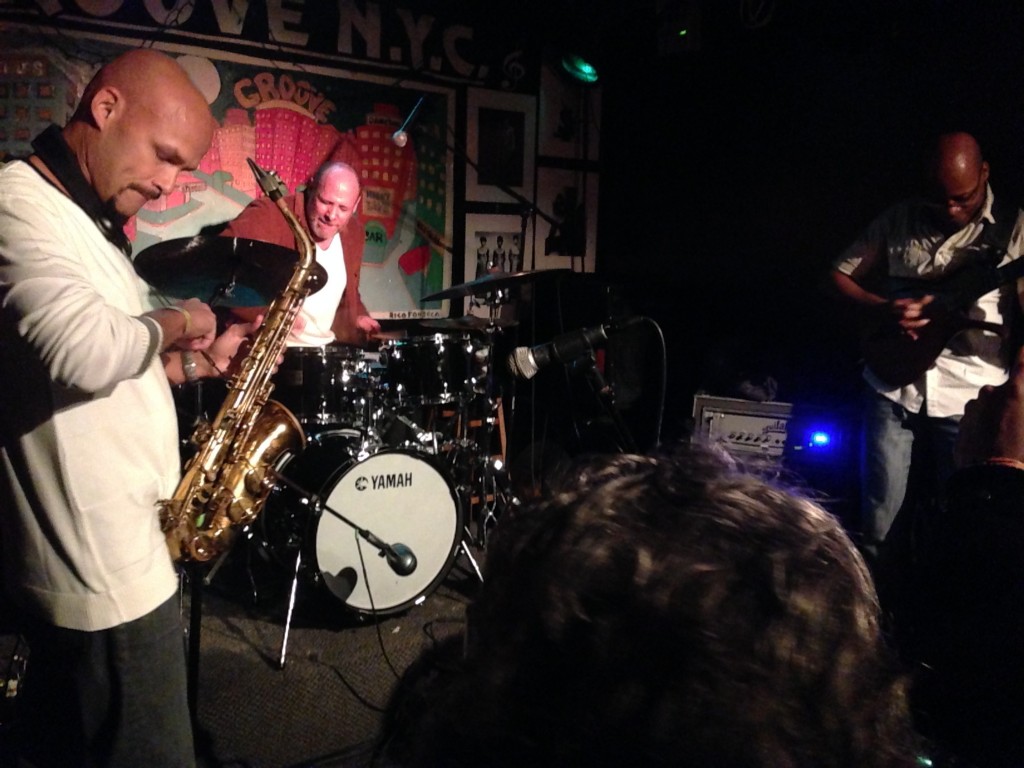
Jeff Ballard Trio featuring Miguel Zenón and Lionel Loueke
A quick dash over to LPR to see Gretchen Parlato‘s ensemble, featuring Taylor Eigsti on piano, Alan Hampton on bass, and Mark Guiliana on drums, one of my favorite bands going today. We ended the night with two trips to New Orleans: Big Chief Donald Harrison‘s band at LPR and Craig Handy‘s back at Groove. For Frank’s money, and in a deep twist of irony, Mr. Handy (not a NOLA native) brought New Orleans harder and more “real” than the Big Chief did. I’m tempted to agree, but I think a lot of it have could been attributed to the venue; LPR, while lovely, is cavernous and dim and didn’t quite foster the intimacy that the hot and cramped Groove did. Mr. Handy also engaged the crowd in call-and-reponse during just about every song; if I were applying the Tom Turino paradigm to these two performances, Big Chief’s was more presentational, and Mr. Handy’s was more participatory.
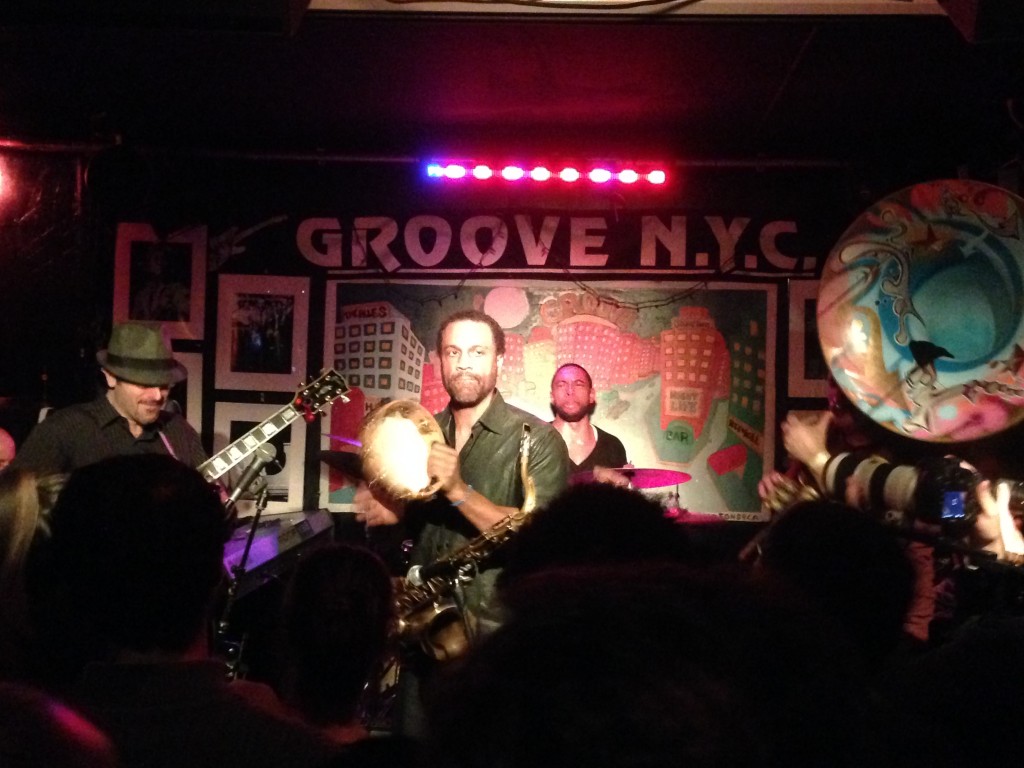
Craig Handy
Before calling it a night, we caught our breath back at the NYU Law building and the tail end of Chris Morrissey‘s set. It was an almost surreal change of environment and an unusual conclusion to my festival experience, sitting on the floor, surrounded by paintings of—and I’m only guessing here—dead lawyers. Over the course of the weekend, I’m sure I missed more good music than I heard. Jazz is alive and well, and don’t let anyone tell you otherwise.
Please, buy their music. Support jazz in all its guises.
This is the third and last in a series of posts.
